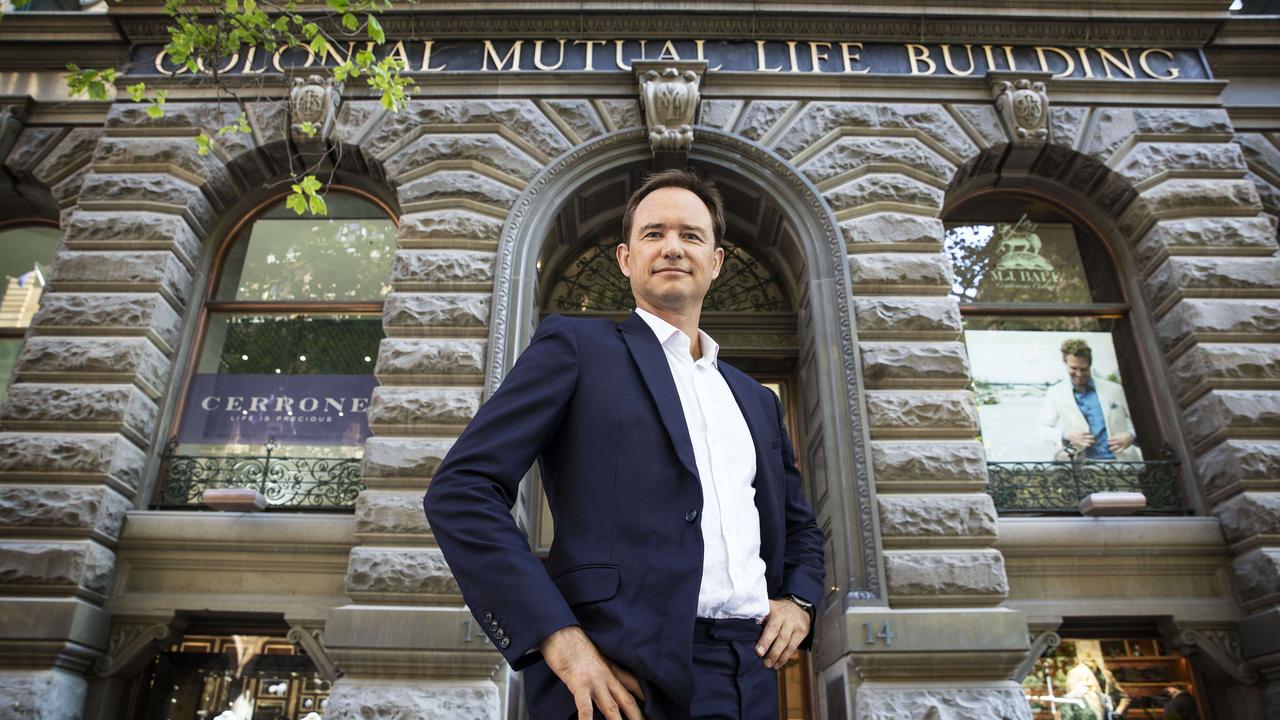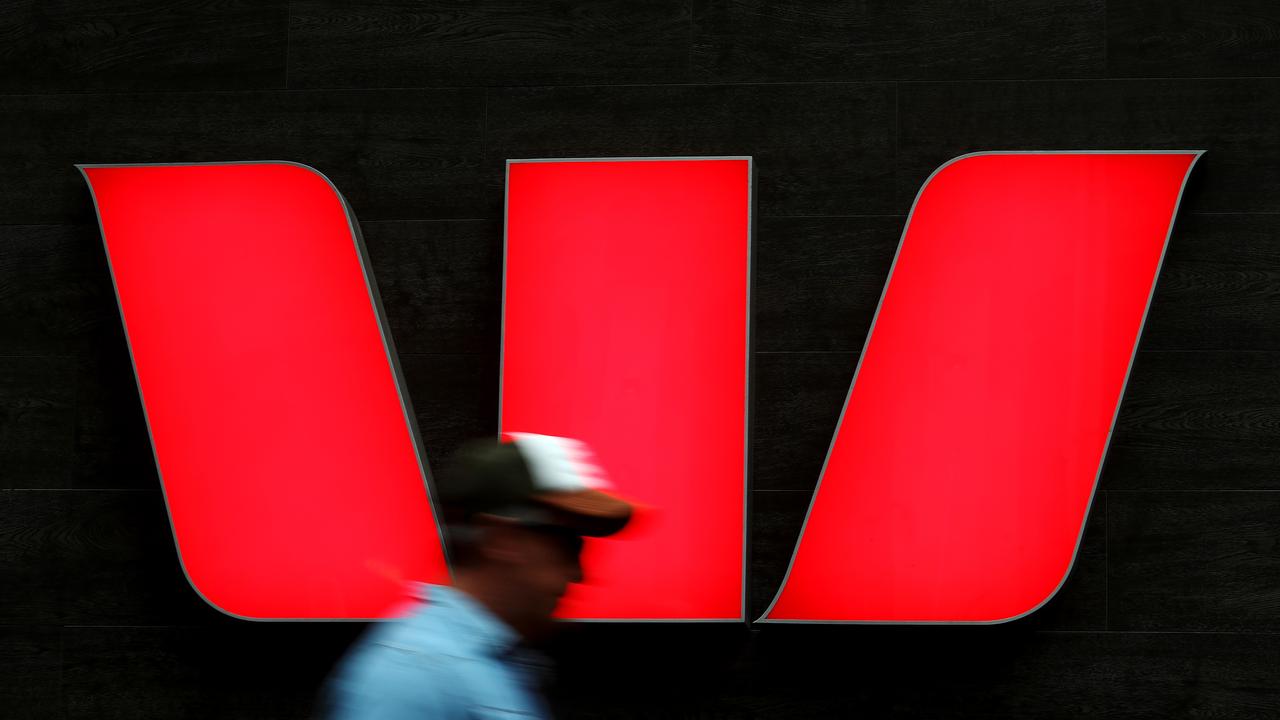Big four banks must explain their interest rate decisions
As a warm-up for the Turnbull Inquisition into banking, CBA’s effort yesterday rates a bare pass.

For a start, there’s a strange disconnect between the sagging level of trust in banks and CBA’s claim of record levels of customer satisfaction.
Banks are asking the public to suspend their cynicism and just accept the industry’s repeated assurances that they got the balance right last week when the Reserve Bank’s cash-rate reduction was divvied up between borrowers, depositors and shareholders.
That simply won’t wash.
The banks have to realise they’re under sustained attack — heaven help them if they don’t understand that — and dial down the reticence.
When Bill Shorten says, as he did yesterday, that the big banks decided to “pocket” the Reserve Bank’s rate cut, it requires a detailed rebuttal, not empty assurances from a self-interested industry that it got the balance right.
It won’t come as any surprise that CBA boss Ian Narev has a completely different view. He says the level of customer angst about CBA only passing on 13 basis points of the RBA cut to borrowers has been vastly overstated.
The bank had chosen to respond to “consistently loud feedback” from other stakeholders, such as depositors, that their interests shouldn’t be overlooked.
“We’re not struggling with funding costs, even though they’re higher,” Narev tells Four Pillars.
“And the inevitable response to higher funding costs is: why don’t you absorb it?
“What we’re doing is responding to the arguments of customers; we’re not talking to investors or regulators.”
Narev doubts that customers understand or are interested in bank funding, but it wasn’t so long ago that the industry explained its out-of-cycle rate rises ad nauseam.
About seven years ago, when Australia Post boss Ahmed Fahour was at National Australia Bank, he held a press conference to explain the arcane world of bank funding — its main components, pricing volatility and the impact on NAB’s average cost of funds.
NAB attached a slide pack showing its updated cost of funds to each subsequent announcement of a rate change.
The crisis has since receded, and since 2012 the banks have allowed complacency to creep in.
Circumstances today are very different, but they require the same level of commitment to dispel the myths peddled by Labor.
If it takes a full appraisal of the competitive, regulatory and economic challenges, then so be it.
Unfortunately, the most compelling explanation of why the banks held back some of last week’s policy easing was a Bendigo and Adelaide Bank slide on Monday that showed the monthly movement in its net interest margin. The margin swooned six basis points in June, forcing the bank to keep 15 basis points of the RBA’s 25 basis-point adjustment.
None of the major banks offer that level of disclosure.
With its $30 billion-plus in annual profits, the industry starts from behind the eight-ball in any public policy debate. That’s never going to change. But the truth is the trend is not its friend.
While CBA’s cash profit was up 3 per cent to $9.45bn, momentum seeped out of the business in the second half, with all divisions bar the retail bank reporting lower second-half earnings than in the first half.
Even the retail bank was only up $6 million half-on-half, while group revenue growth sagged over the same period from 4 per cent to minus-1 per cent.
The net interest margin was also down, retreating two basis points to 2.06 per cent despite a seven basis-point benefit from mortgage repricing.
Bank of America Merrill Lynch saw enough clouds to slap CBA with a double downgrade from buy to underperform, highlighting that second-half earnings per share had missed consensus by 1 per cent.
Analyst Andrew Hill said the quality of the result was disappointing, with weak non-interest income. He justified the double downgrade by noting the stock had been trading at a consensus, forward price-to-earnings ratio of 13.5 — equivalent to a 20 per cent premium to its local peers compared to a 10 per cent premium since 2001.
CBA’s return on equity remains a sector-leading 16.5 per cent but retreated 170 basis points, mainly because of an expanded capital base due to last year’s $5bn equity raising.
The expected hit to industry ROEs from higher regulatory capital requirements is coming through with a vengeance. Less than a decade ago, in 2007, CBA had only $9bn in tier one capital; now it’s $42bn. Narev concedes it’s highly unlikely that the bank will earn the same ROE on its new capital as its legacy capital.
However, chief financial officer David Craig is confident that the bank will continue to earn a “materially higher” ROE than its local rivals once they adjust for their capital raisings. This is despite closing the 2016 financial year with an industry-leading tier one ratio of 10.6 per cent.
At that level, the bank meets the financial system inquiry’s definition of “unquestionably strong” — in the top quartile of banks globally.
In fact, Craig reckons CBA is “near the top of the top quartile”.
The current low-interest rate environment is tough for the banks, and conditions are not going to get any easier.
Of the two halves, Narev says the second half “felt harder”.
It doesn’t augur well for CBA’s peers when they report their results for the September year.
gluyasr@theaustralian.com.au Twitter: @Gluyasr





As a warm-up performance for the annual Turnbull Inquisition into commercial banking, you’d have to rate Commonwealth Bank’s effort yesterday as a bare pass, if that.